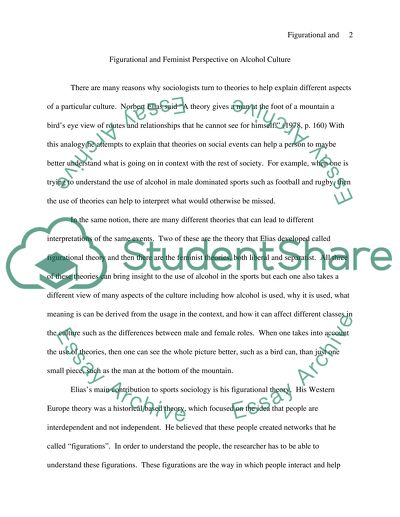Cite this document
(“A theory gives a man at the foot of a mountain a birds eye view of Essay”, n.d.)
A theory gives a man at the foot of a mountain a birds eye view of Essay. Retrieved from https://studentshare.org/miscellaneous/1535825-a-theory-gives-a-man-at-the-foot-of-a-mountain-a-birds-eye-view-of-routes-and-relationships-that-he-cannot-see-for-himself-elias-1978-sports-sociology
A theory gives a man at the foot of a mountain a birds eye view of Essay. Retrieved from https://studentshare.org/miscellaneous/1535825-a-theory-gives-a-man-at-the-foot-of-a-mountain-a-birds-eye-view-of-routes-and-relationships-that-he-cannot-see-for-himself-elias-1978-sports-sociology
(A Theory Gives a Man at the Foot of a Mountain a Birds Eye View of Essay)
A Theory Gives a Man at the Foot of a Mountain a Birds Eye View of Essay. https://studentshare.org/miscellaneous/1535825-a-theory-gives-a-man-at-the-foot-of-a-mountain-a-birds-eye-view-of-routes-and-relationships-that-he-cannot-see-for-himself-elias-1978-sports-sociology.
A Theory Gives a Man at the Foot of a Mountain a Birds Eye View of Essay. https://studentshare.org/miscellaneous/1535825-a-theory-gives-a-man-at-the-foot-of-a-mountain-a-birds-eye-view-of-routes-and-relationships-that-he-cannot-see-for-himself-elias-1978-sports-sociology.
“A Theory Gives a Man at the Foot of a Mountain a Birds Eye View of Essay”, n.d. https://studentshare.org/miscellaneous/1535825-a-theory-gives-a-man-at-the-foot-of-a-mountain-a-birds-eye-view-of-routes-and-relationships-that-he-cannot-see-for-himself-elias-1978-sports-sociology.


